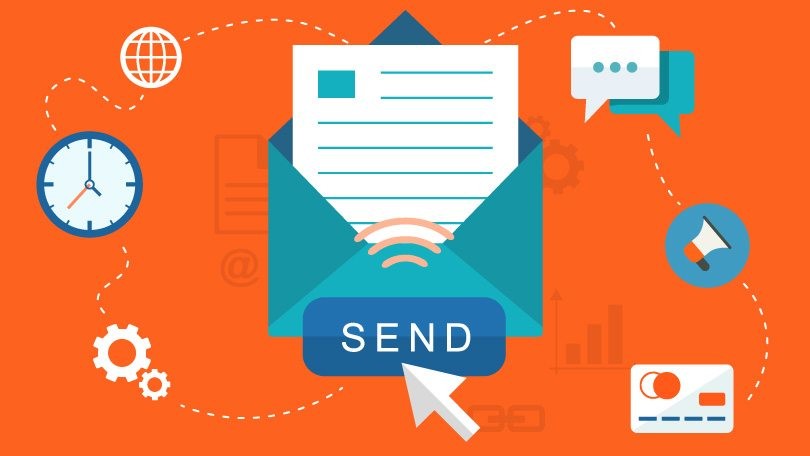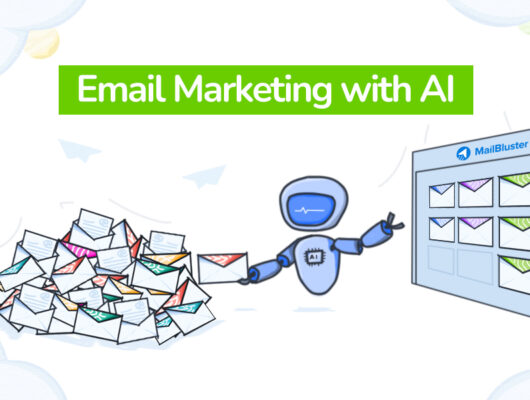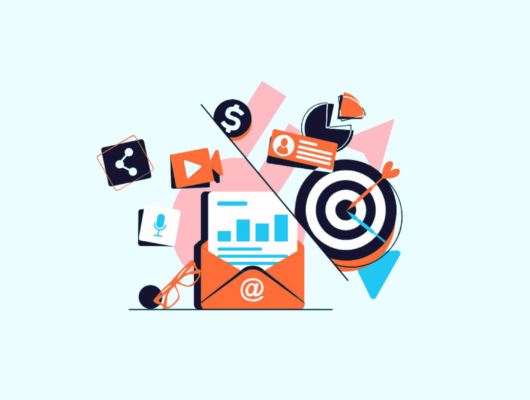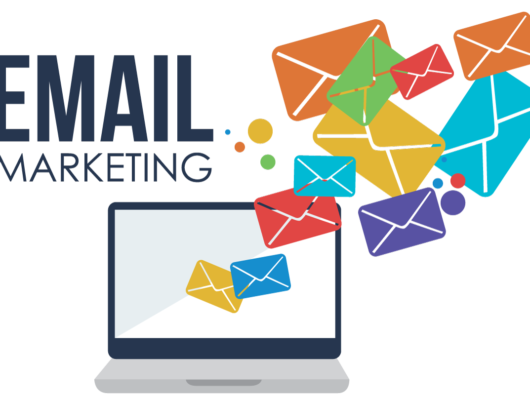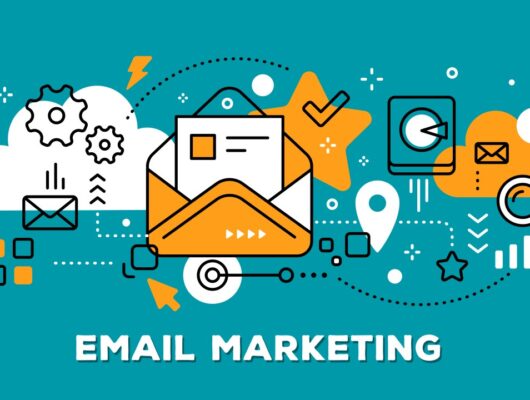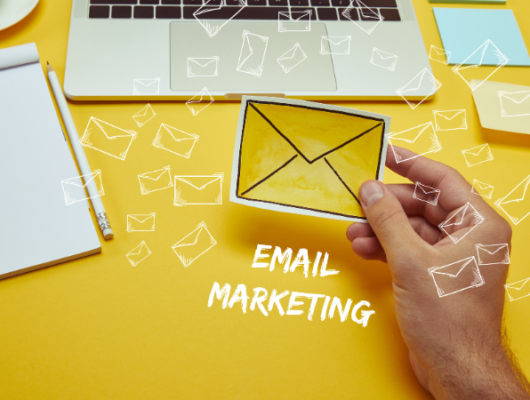In an era where consumers are bombarded with countless marketing messages every day, personalization has become essential for standing out.
When done right, personalized offers via email can significantly enhance customer engagement, increase conversions, and build long-lasting relationships with your audience.
Instead of sending generic promotional emails, personalized offers speak directly to a customer’s individual needs, behaviors, and preferences, making them more likely to open, click, and purchase.
In this article, we’ll dive deep into the concept of personalized offers via email, the benefits of this approach, and practical strategies to implement personalized offers effectively.
1. What Are Personalized Offers in Email Marketing?
Personalized offers are promotions or discounts that are tailored to the specific needs, preferences, or behaviors of an individual customer. These offers go beyond generic sales messages, providing something of value that resonates with the recipient on a personal level. The power of personalized offers lies in the ability to connect with your customers in a way that feels unique and relevant.
Personalization can include various elements such as:
- Customized discounts or offers based on past purchases: Offering a discount on a product the customer has viewed or purchased before.
- Birthday or anniversary discounts: Sending personalized offers to celebrate a customer’s special day.
- Product recommendations: Suggesting items based on browsing or shopping history.
- Location-based offers: Providing region-specific promotions or products based on where the customer is located.
These personalized emails are driven by data—whether demographic, behavioral, or transactional—which allows businesses to craft offers that speak to the unique preferences of each individual.
2. Why Personalized Offers Matter
The importance of personalized offers in email marketing cannot be overstated. Here’s why they matter:
a) Increased Open and Click-Through Rates
Consumers today expect more than just a generic sales pitch. A personalized email feels more relevant and meaningful, prompting customers to open it. According to studies, emails with personalized subject lines have been shown to improve open rates significantly. Additionally, when the content within the email speaks directly to the recipient’s interests, it leads to higher click-through rates.
b) Higher Conversion Rates
Personalized offers are far more likely to convert than generic ones. Whether it’s offering a special discount on a product the customer has already expressed interest in or suggesting complementary items, personalized offers encourage quicker decision-making, reducing friction in the purchase process.
c) Improved Customer Retention
Personalized offers can also strengthen customer loyalty. When customers feel like a brand understands their needs, they’re more likely to return. Personalized emails help build trust and foster an ongoing relationship, making customers more likely to remain loyal over time.
d) Better Customer Insights
By using personalization, you can gain valuable insights into your customers’ preferences, behaviors, and purchasing habits. This data can be used to improve your overall marketing strategy, ensuring that your future offers remain relevant and appealing.
3. Types of Personalized Offers You Can Send via Email
Now that we understand the benefits of personalized offers, let’s explore some common types of personalized offers you can send through email to boost engagement and drive sales.
a) Product Recommendations Based on Past Purchases
One of the most effective ways to personalize email offers is by recommending products based on a customer’s purchase history. By suggesting related or complementary items, you increase the likelihood of a repeat purchase.
Example:
If a customer purchases a camera, you could offer personalized recommendations for camera accessories like lenses, bags, or tripods.
b) Abandoned Cart Discounts
Cart abandonment is a major challenge in e-commerce, but personalized email offers can help recover lost sales. By sending a follow-up email with a discount or a limited-time offer, you encourage customers to return to their carts and complete their purchase.
Example:
A customer adds a pair of shoes to their cart but doesn’t complete the checkout. You could send a personalized email offering them a 10% discount on the shoes they left behind, or offer free shipping to sweeten the deal.
c) Birthday or Anniversary Discounts
Celebrate your customers’ special moments by offering them a personalized discount on their birthday or anniversary. These types of personalized offers show your customers that you care and appreciate their loyalty, leading to stronger relationships.
Example:
A customer receives an email on their birthday offering a 15% discount on their next purchase. This not only makes them feel special but also drives sales during a time when they’re likely to be looking for something to treat themselves.
d) Location-Based Offers
Personalized offers can be tailored to customers based on their geographic location. For example, you can offer region-specific promotions or highlight products that are relevant to their local weather or seasonal preferences.
Example:
If you sell outdoor gear, you can send personalized offers to customers in colder regions with discounts on winter jackets or gloves, while customers in warmer climates might receive offers on hiking sandals or sunscreen.
e) Loyalty Rewards or VIP Offers
Reward loyal customers with exclusive offers that make them feel valued. You can offer personalized discounts or early access to sales as part of a VIP loyalty program.
Example:
A customer who frequently shops with your brand may receive an email offering early access to a seasonal sale or a special discount on their next purchase as part of your loyalty program.
4. How to Implement Personalized Offers in Email Marketing
Creating personalized offers requires a solid strategy and the right tools. Here’s how to implement personalized offers effectively in your email marketing campaigns:
a) Leverage Customer Data
The key to personalized offers lies in collecting and analyzing customer data. You’ll need data such as:
- Purchase history
- Browsing behavior
- Demographic information
- Email engagement history
Use this data to segment your audience and create highly targeted offers.
b) Use Email Automation and Personalization Tools
Email marketing automation platforms like Mailchimp, Klaviyo, ActiveCampaign, and others provide powerful personalization features. These tools can automatically trigger personalized emails based on customer actions, such as abandoned carts or recent purchases. They can also allow for dynamic content that changes based on the recipient’s information, like product recommendations or location-based offers.
c) Craft Personalized Subject Lines and Content
The subject line is the first thing a recipient sees, so make sure it’s personalized. Adding the customer’s name or referring to a previous purchase can make the email feel more individualized. Additionally, tailor the content to the recipient’s preferences, interests, and behavior.
Example:
Subject Line: “Hey [Name], Your Perfect [Product Category] Awaits!”
Email Content:
“We thought you’d love these new arrivals in [Product Category], based on your recent interest in [previous purchase]. Plus, enjoy 10% off with code: YOURVIP.”
d) Test and Optimize
As with any email marketing strategy, it’s important to test your personalized offers. A/B test different offers, subject lines, and calls to action to see what resonates most with your audience. This continuous optimization will help you improve the effectiveness of your campaigns over time.
5. Best Practices for Personalized Offers via Email
- Keep it relevant: Personalization only works when the offer is relevant to the customer. Make sure the products or discounts you’re offering are aligned with their interests or past behaviors.
- Make it timely: Timing is key. Don’t send personalized offers at random; instead, send them when customers are most likely to act, such as after they’ve viewed a product or made a purchase.
- Keep it simple: The offer should be clear and easy to understand. Avoid overwhelming the customer with too many options or complicated terms and conditions.
- Respect privacy: Always respect your customers’ privacy and ensure that your personalization efforts comply with data protection regulations, such as GDPR.
- Use dynamic content: Use dynamic content blocks to customize different sections of the email, such as product recommendations, based on each customer’s preferences.
Conclusion: The Power of Personalized Offers
Personalized offers via email are a powerful tool for driving engagement, increasing conversions, and building stronger customer relationships.
By delivering relevant and timely offers that speak directly to the needs and interests of your customers, you can significantly enhance the customer experience and create a competitive advantage in your industry.
By leveraging customer data, using email automation tools, and continuously optimizing your approach, you can create email campaigns that are not just seen but acted upon.
Personalized offers aren’t just a trend—they are a crucial part of a modern email marketing strategy that delivers tangible results.
Start personalizing your offers today and watch your email marketing take off!


